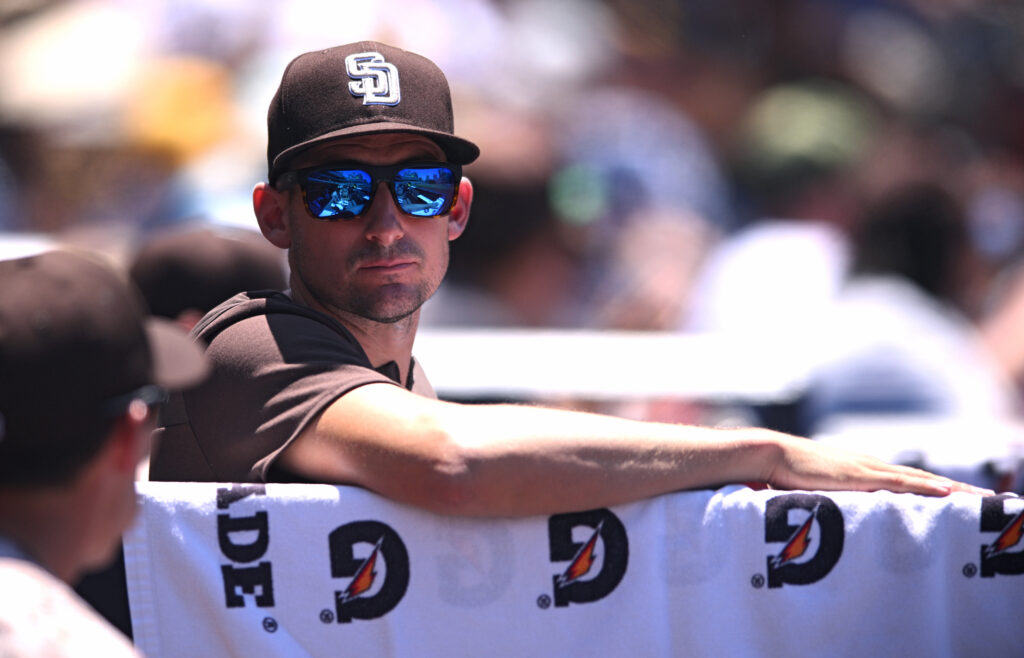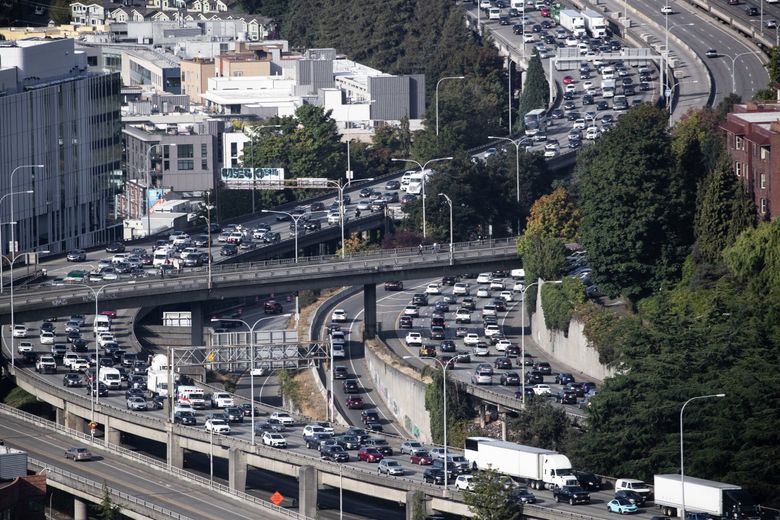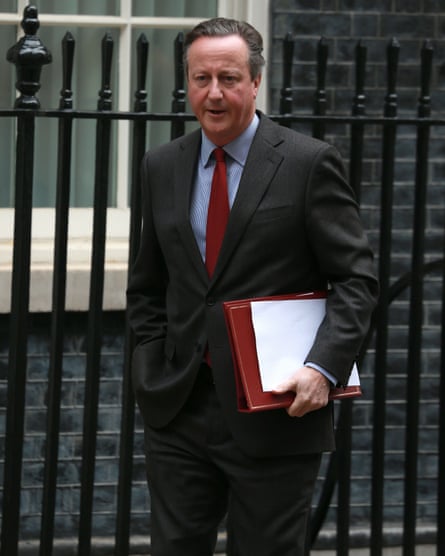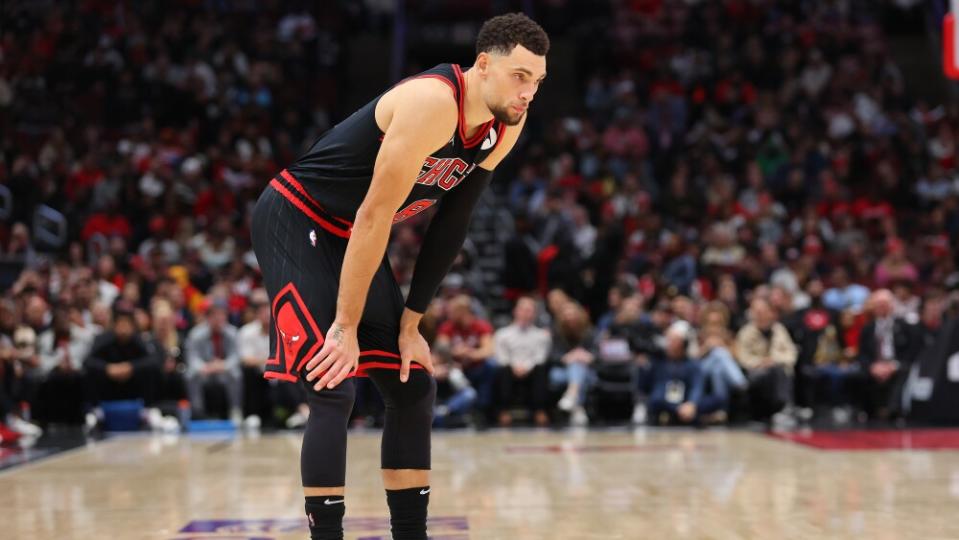
It’s difficult to find in the trade market a more likely name to be dealt this offseason than Dylan Cease. After a horrendous season, the White Sox decided to clean house, and their opening moves indicate a restocking of the farm system.
The Dodgers, between their pitching need, current window of contention, significant available funds, and a rather stocked farm system, really check every box in the team fit for a high-profile starter. They’ve already been linked to Cease in trade rumors.
With a plethora of options on both the free agent market and via trade, it’s extremely likely that the Dodgers will leave this offseason with at least one high-profile pitching acquisition.
Sources: Dylan Cease trade talks have intensified in the last 48 hours, and some people close to the negotiations believe a deal *before* the winter meetings is increasingly possible.
Cease’s hometown Braves are among the finalists. @MLBNetwork @MLB
— Jon Morosi (@jonmorosi) November 29, 2023
With all of that in mind, and with recent reports that Cease may be traded before the winter meetings, it’s time to assess the pros and cons of bringing him aboard.
Much like his team as a whole in 2023, Cease experienced major steps back, going from a top-2 Cy Young Award finish to an ERA in the mid 4’s. It goes without saying, but Cease is probably not as good as his 2022 version (2.20 ERA), and also not as bad as his 2023 version (4.58 ERA).
For a little context here, Cease’s FIP in 2022 was 3.10 and in 2023 it was 3.72. A much smaller difference, also meaning his results were better than expected in 2022, and the opposite in the past season.
When Cease is dealing, his success is predicated on one of the filthiest sliders last season, and he simply wasn’t as consistent with that pitch in 2023.
Other stats such as BABIP and LOB rate highlight massive differences in each of the last two campaigns.
Ultimately, it’s important to bring a parallel with free agent Blake Snell, another high-profile target for the Dodgers. Both pitchers carry quite a bit of volatility, but with the stuff to get away with it in seasons where everything is clicking.
The big difference between Cease and Snell is the type of compromise you’d have to make to acquire their services.
Despite the down year in 2023 and a pretty well-stocked market, the White Sox won’t very well sell low on Cease. Especially when he is not that far removed from an outstanding season and is under control for two more seasons.
The 200-K club
| Pitcher | Team | Total K |
|---|---|---|
| Pitcher | Team | Total K |
| Gerrit Cole | Yankees | 722 |
| Corbin Burnes | Brewers | 677 |
| Kevin Gausman | Giants/Jays | 669 |
| Dylan Cease | White Sox | 667 |
| Aaron Nola | Phillies | 660 |
Whatever you pay for him, you won’t be handcuffed to his services over the long-term future like you would with Snell. Cease has two more seasons of salary arbitration before reaching free agency.
The Dodgers have money to spend and prospects to trade, so they could legitimately pursue either avenue.
When it comes to these two names, and acknowledging the leverage Snell has coming off a Cy Young-winning season, Cease could be a more worthwhile pursuit. Baring the White Sox asking for an insane haul, particularly if the Dodgers could land Shohei Ohtani or Yoshinobu Yamamoto.
All of this being said, there are enough options to the point that the Dodgers can be very firm in what they’re willing to give up.
If push comes to shove, you could look at a one-year prove-it deal for someone like James Paxton, biting the bullet or significant injury risks. Luis Severino was in this group too, before he signed a one-year, $13 million deal with the Mets this week. Lucas Giolito won’t demand a prohibitive price, which sort of plays into his ceiling.
You have Tyler Glasnow and even Corbin Burnes as trade options. If you’ll throw caution to the wind and simply pay whatever is being asked, might as well go for Burnes and guarantee a top-5 starter.
But between Cease and Snell both at fair prices, Cease might be a more appealing option.
"trade" - Google News
December 01, 2023 at 01:24AM
https://ift.tt/uMB9khp
Dylan Cease is a pitcher the Dodgers could trade for - True Blue LA
"trade" - Google News
https://ift.tt/5eqHBOC















The opinions expressed in reader comments are those of the author only and do not reflect the opinions of The Seattle Times.